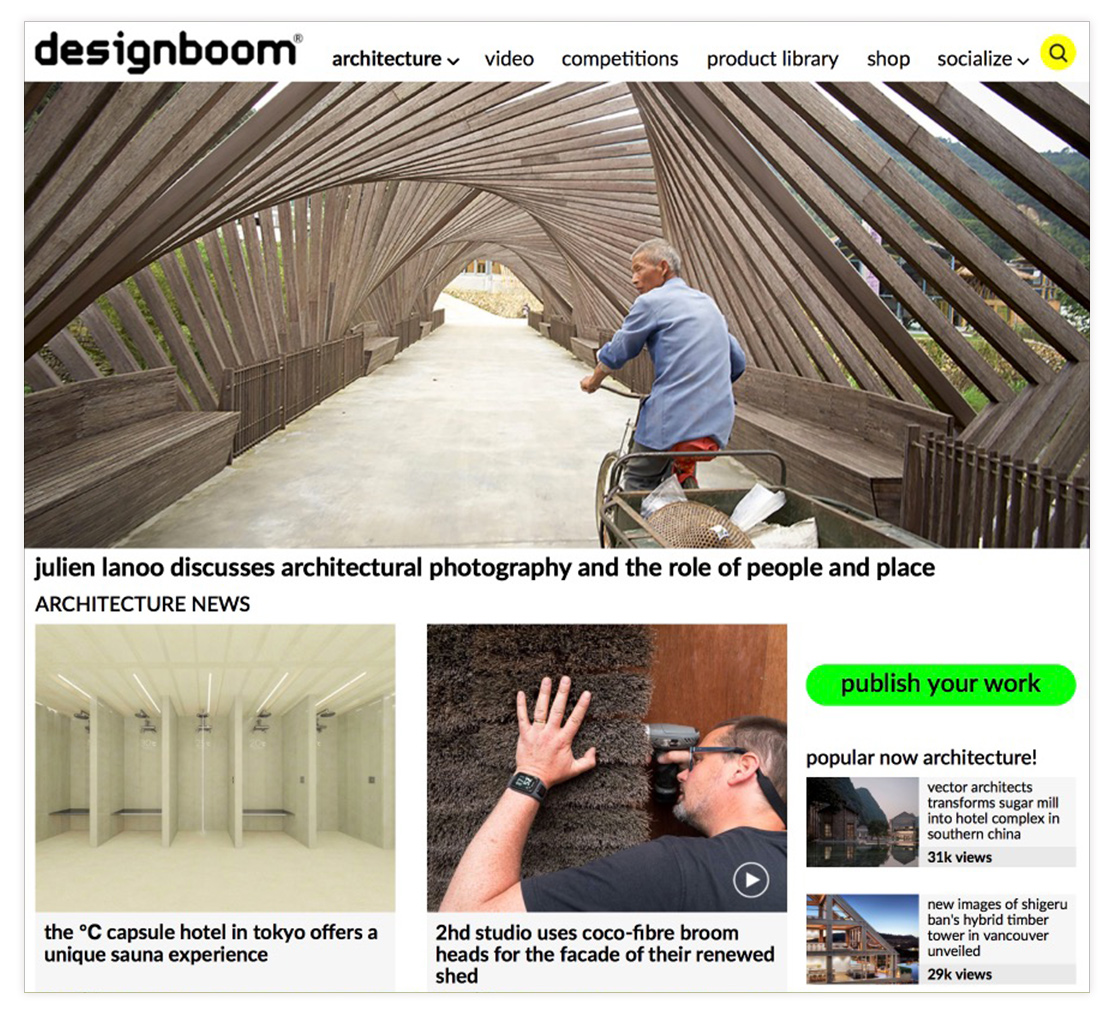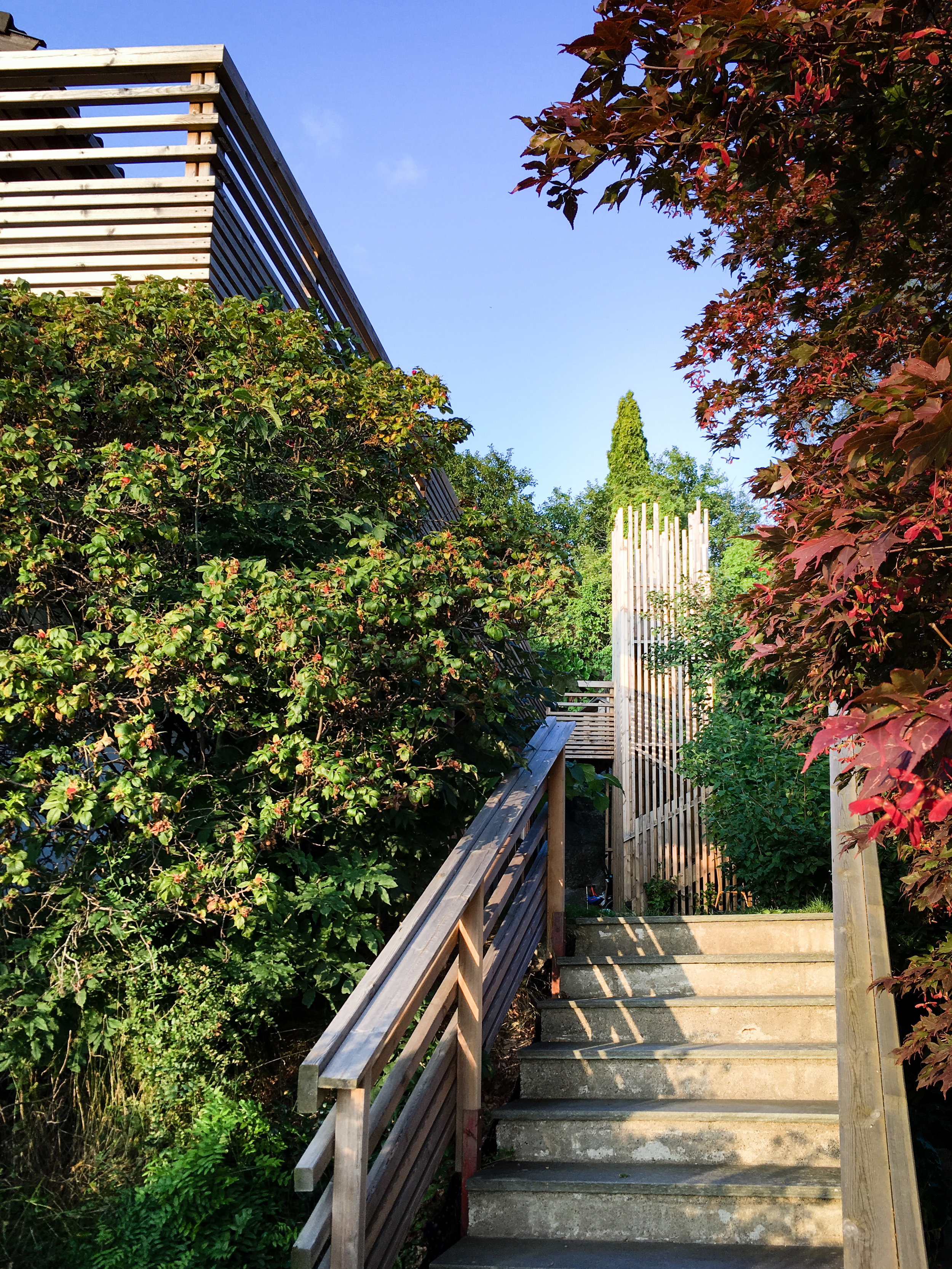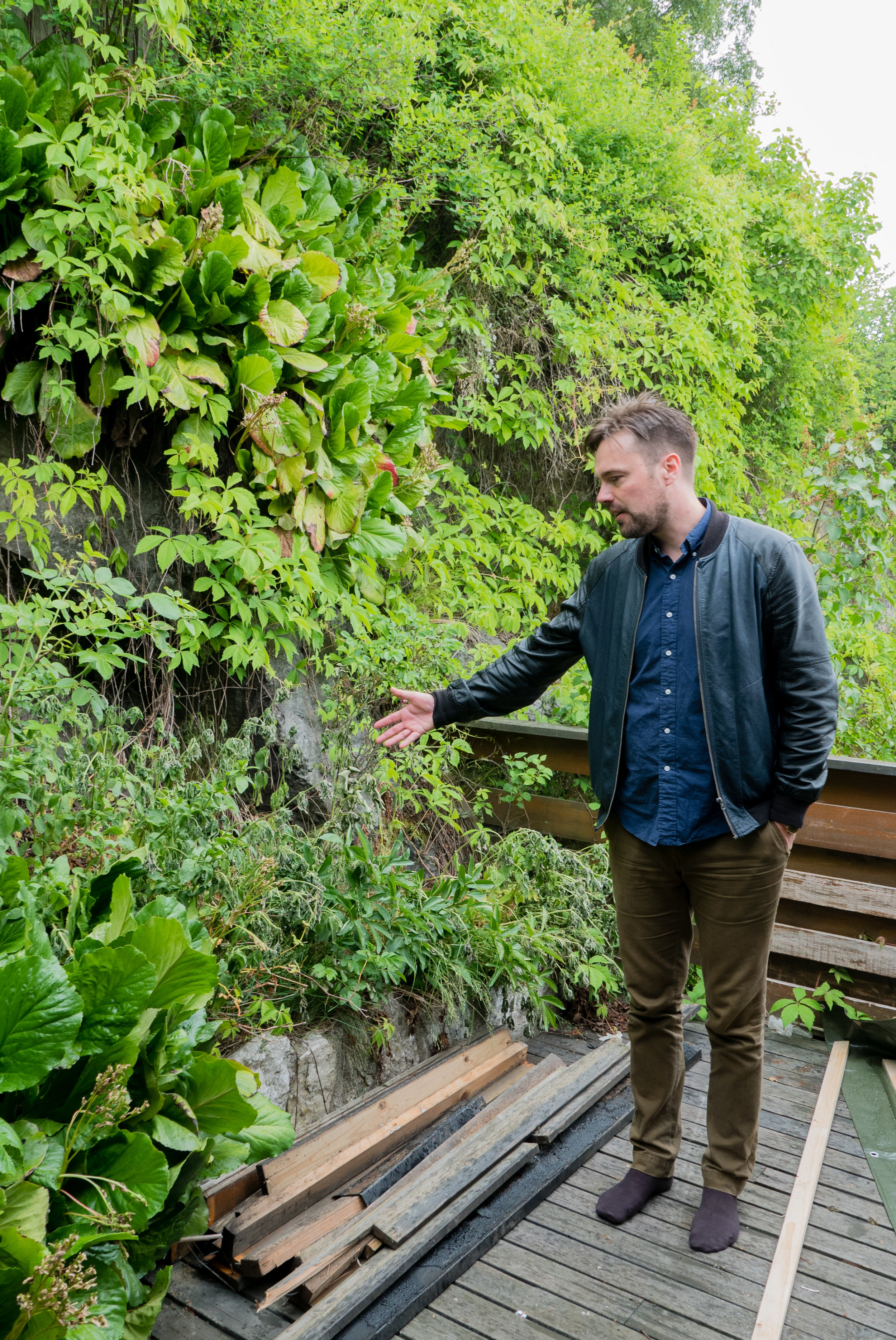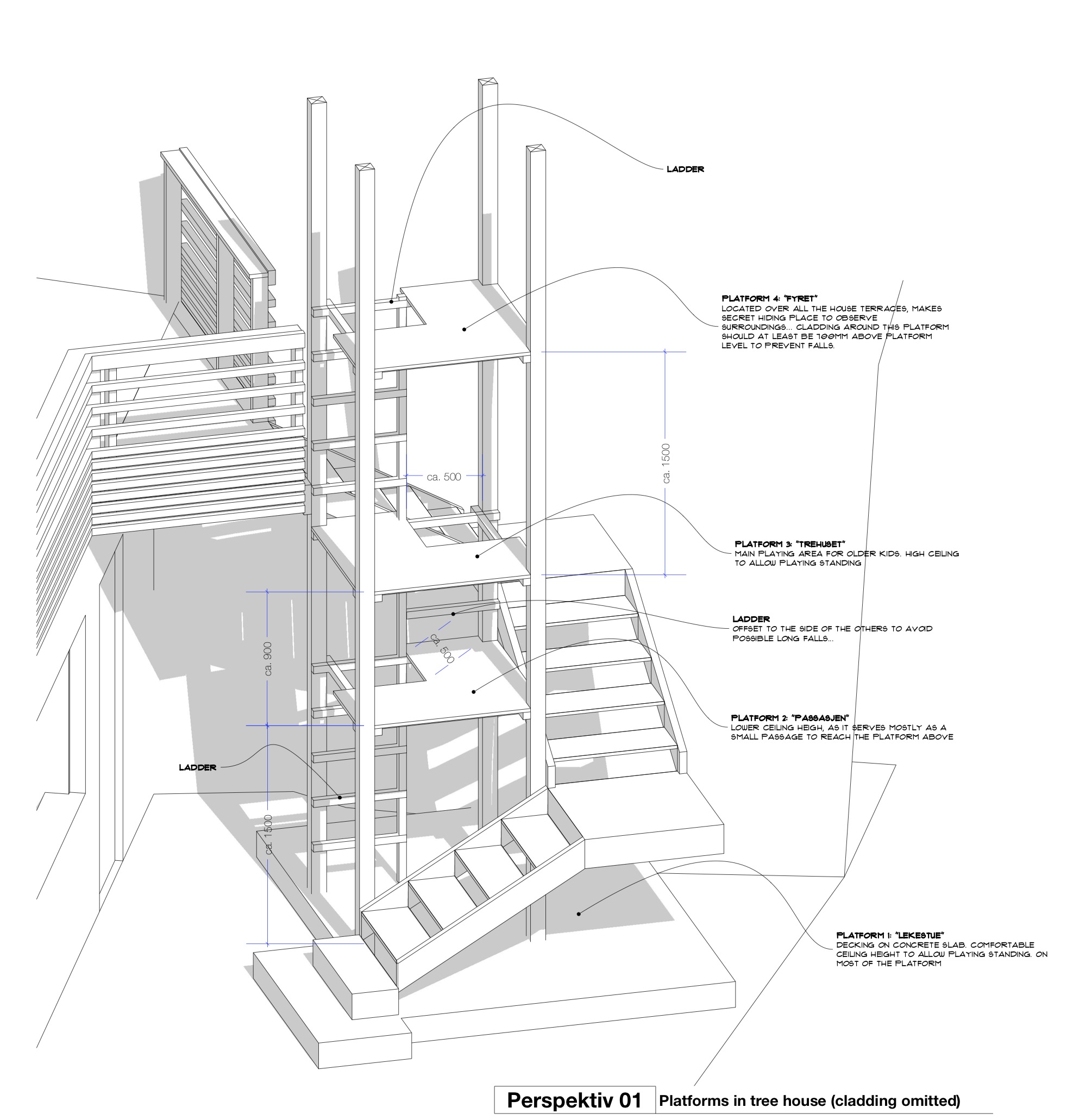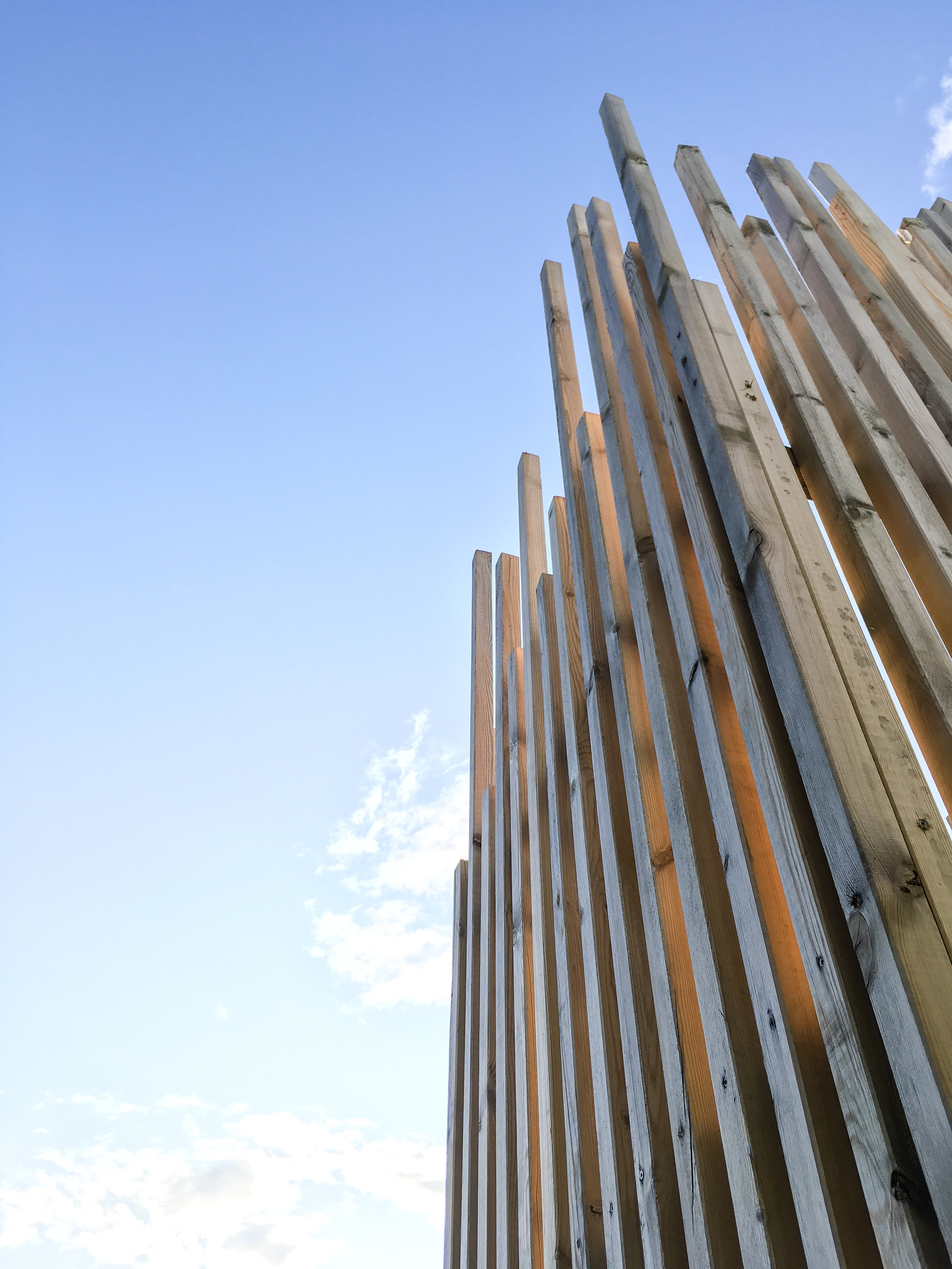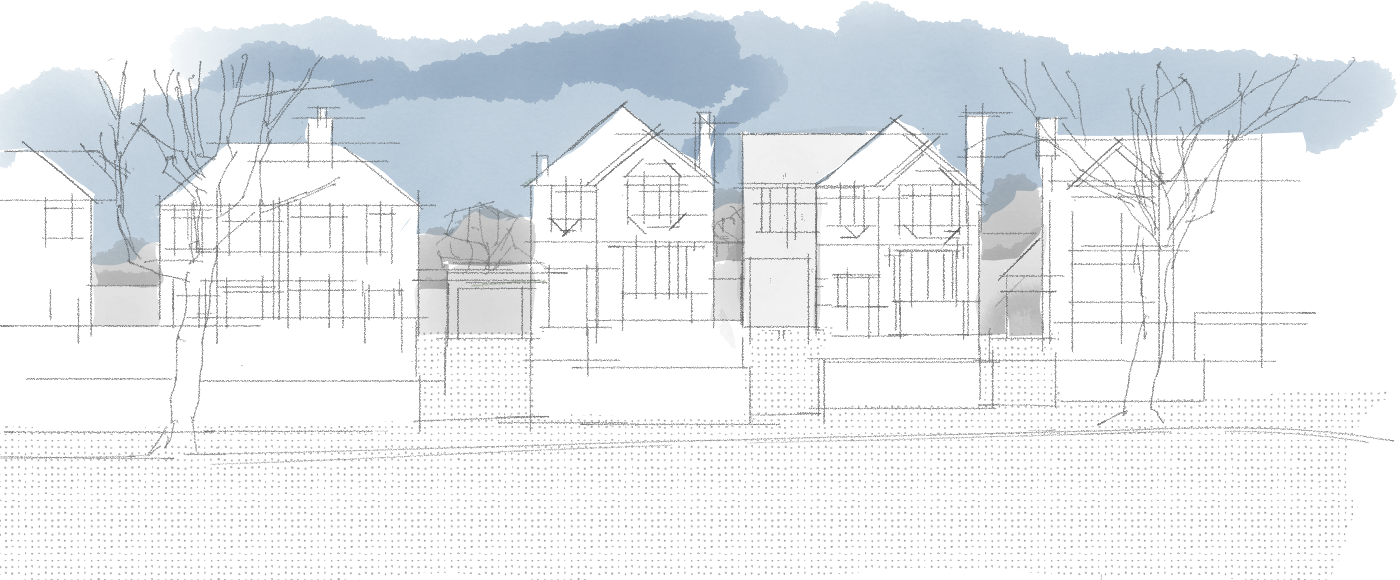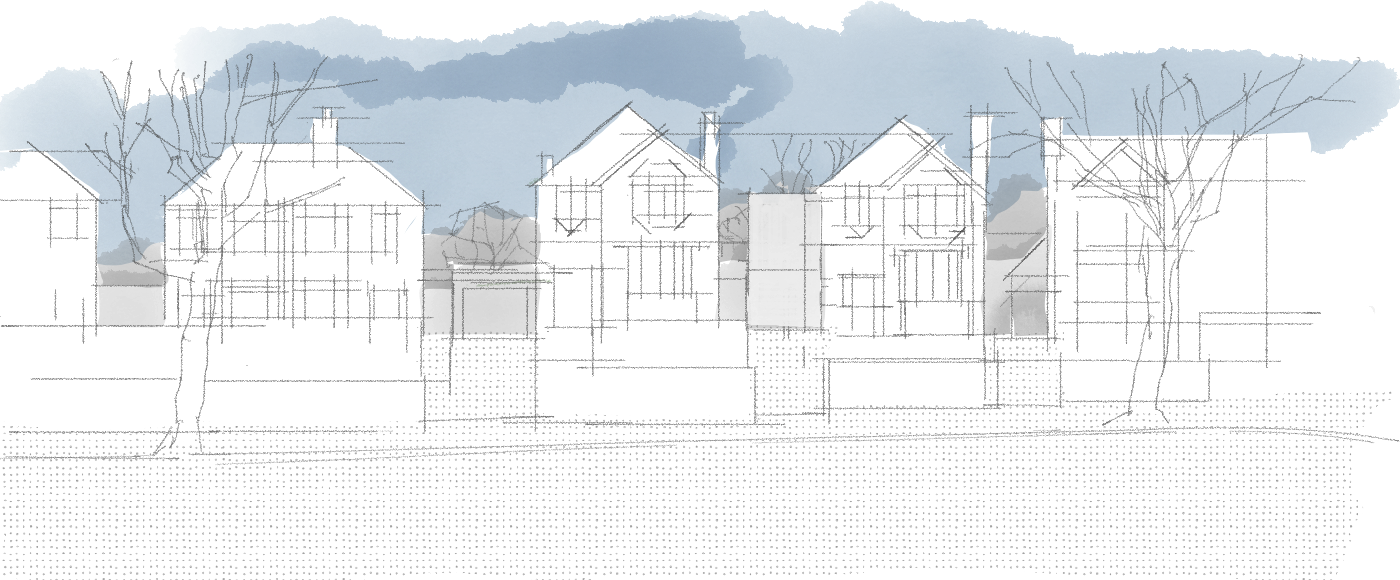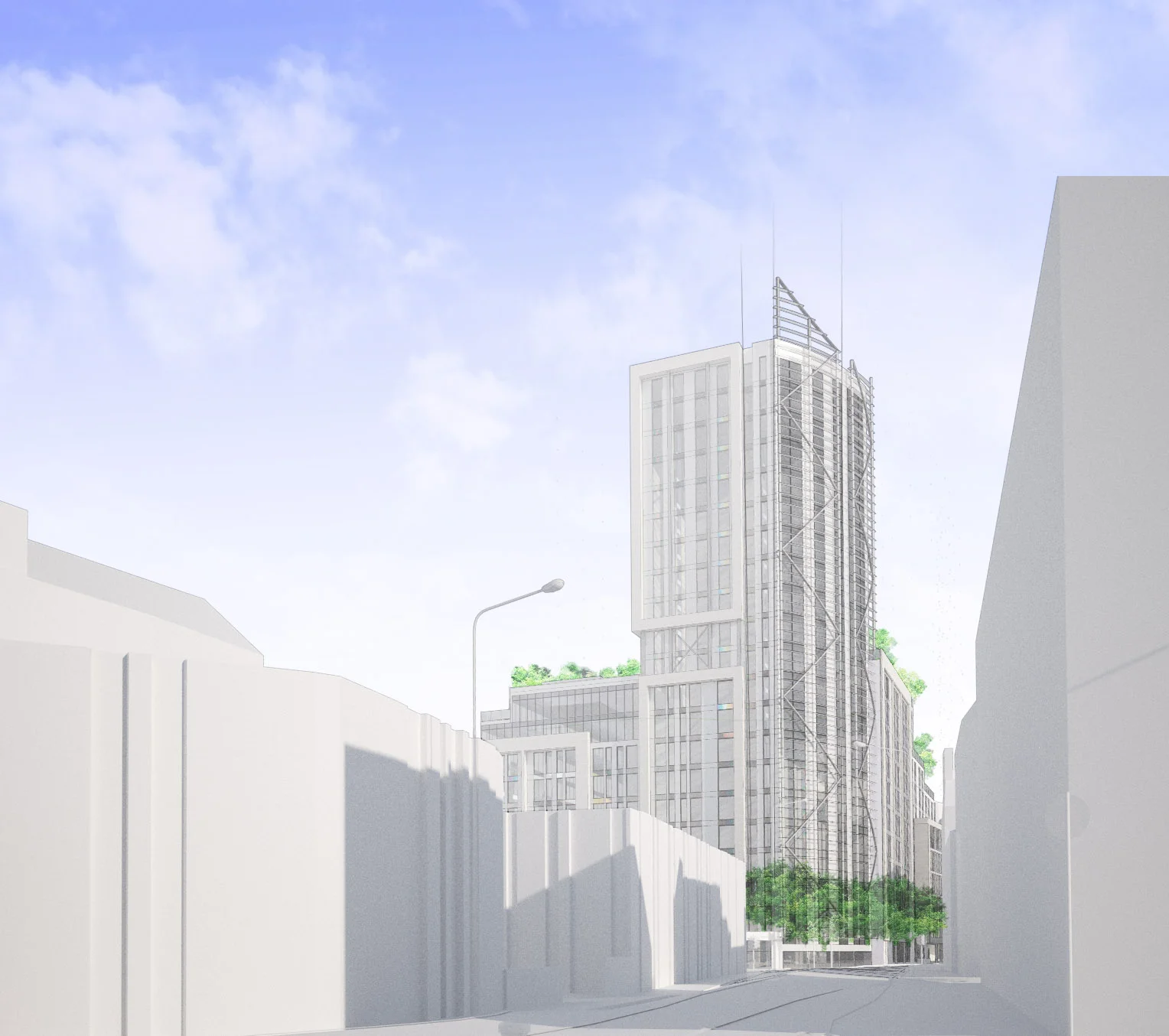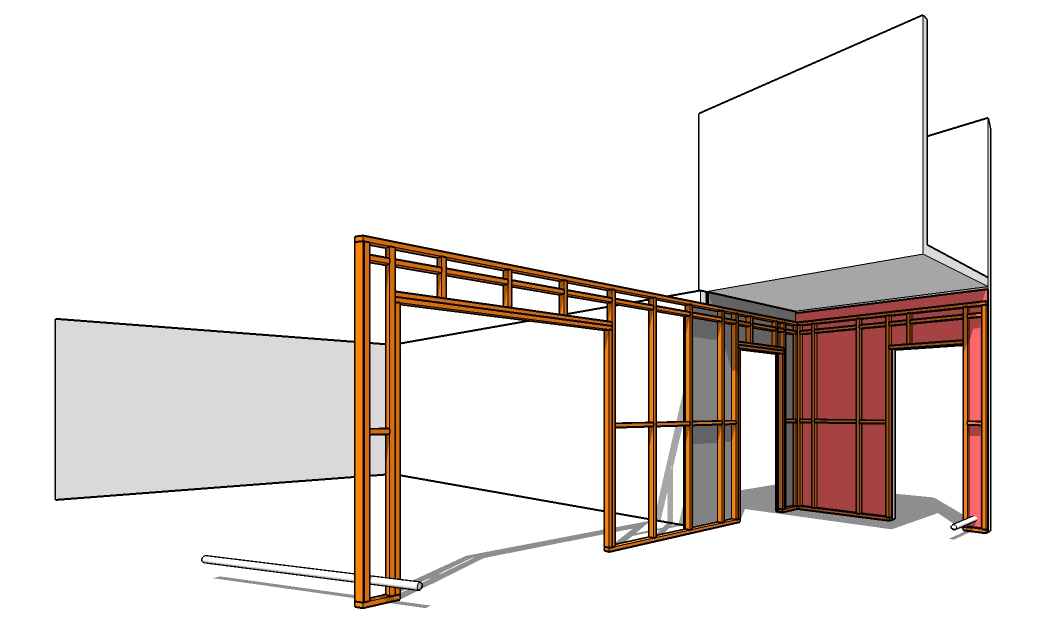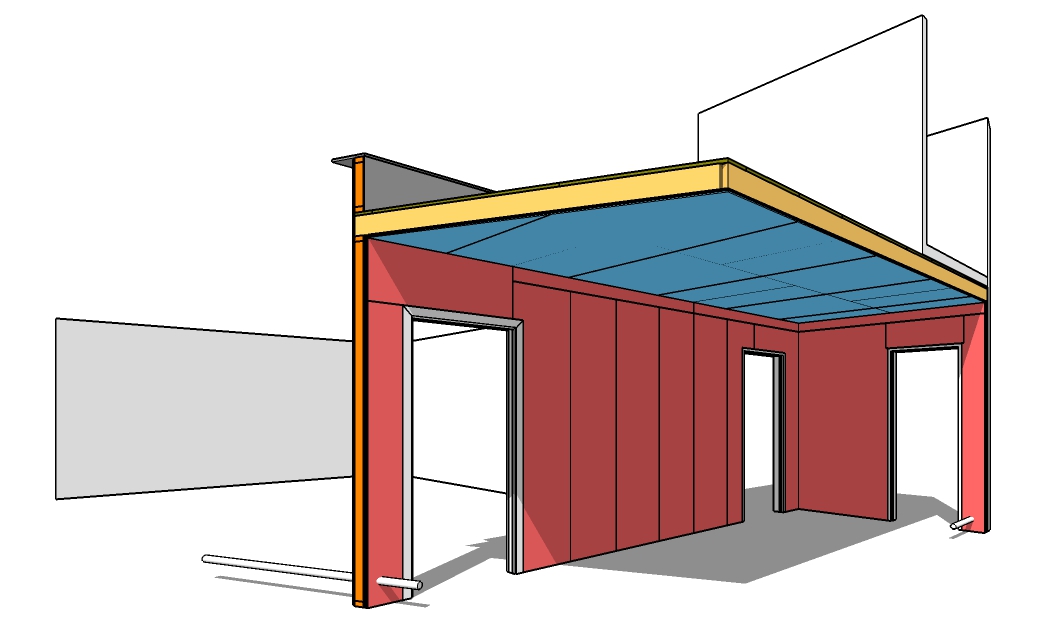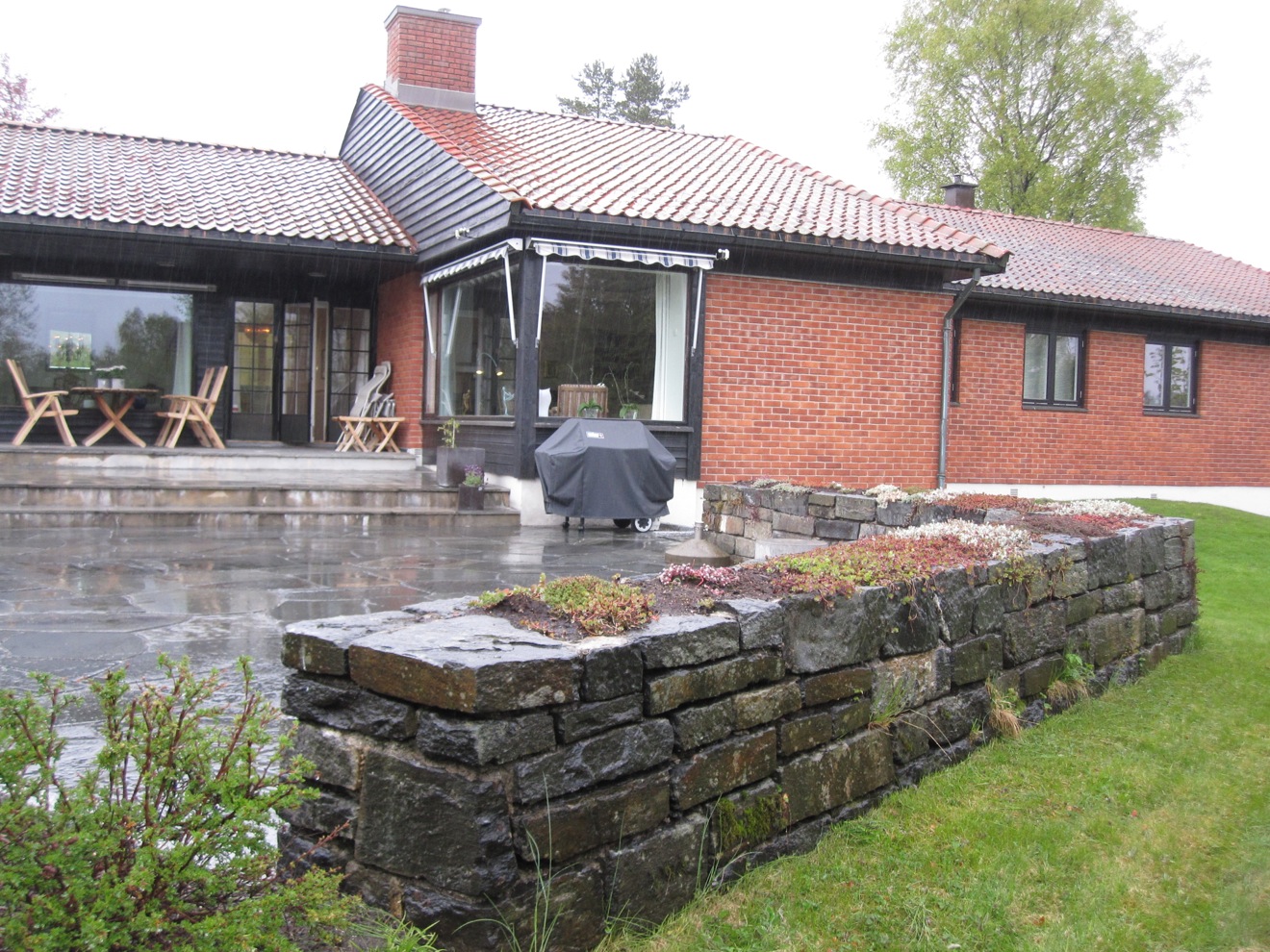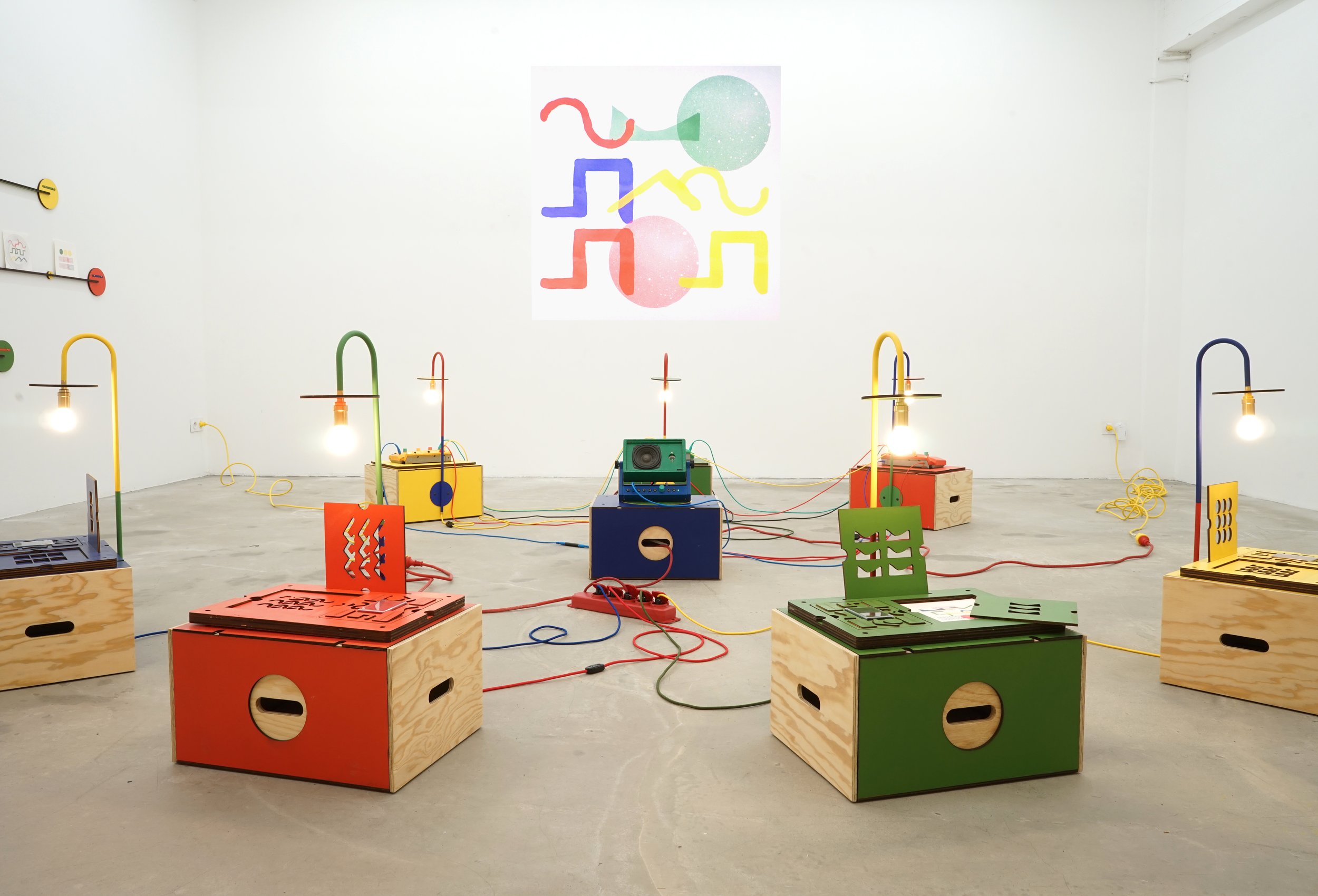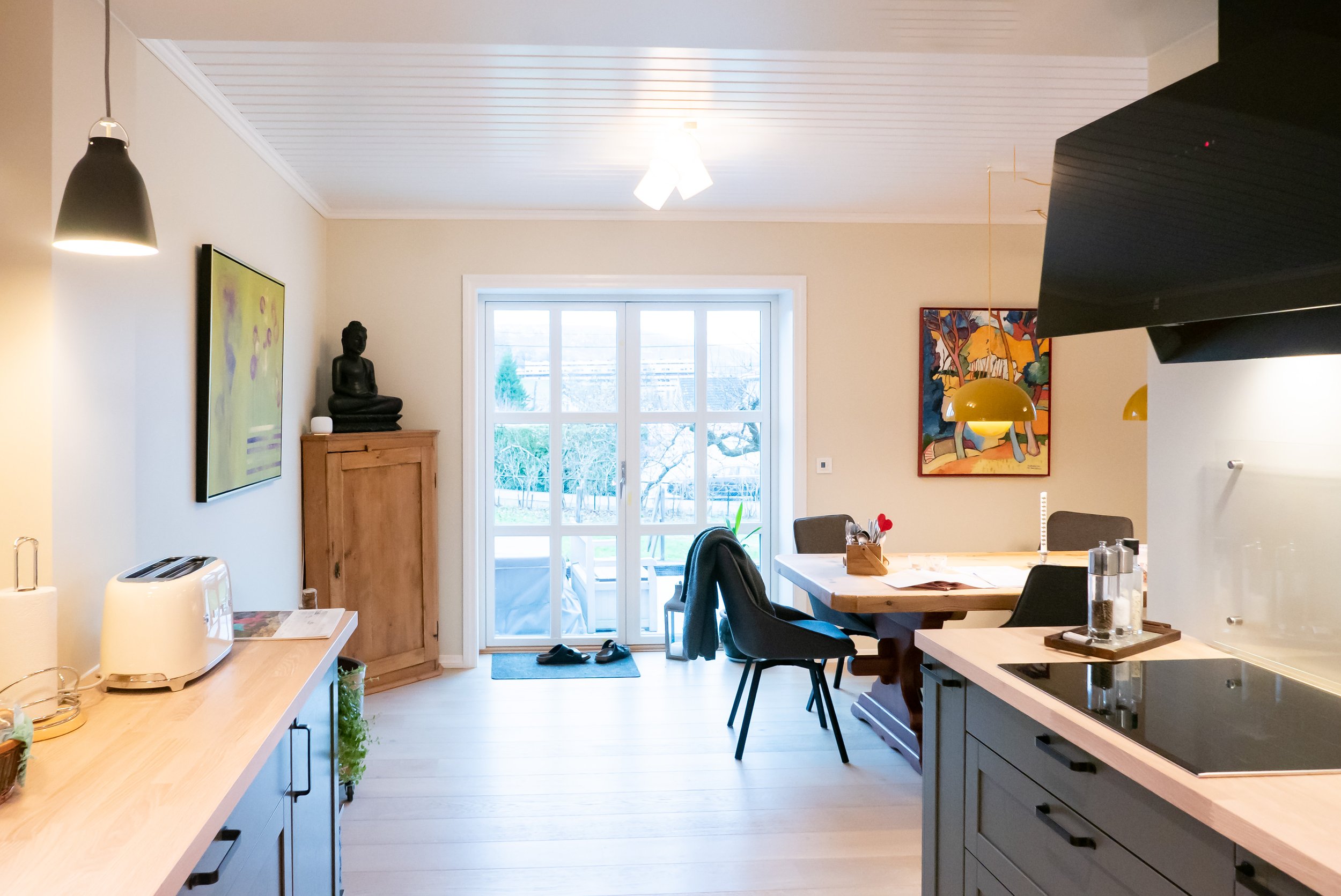Our director Chris Heuvel is one of only 15 architects to be awarded Royal Institute of British Architects Fellow status in the 2018 list. The RIBA says of the award that "Fellow Membership gives us the opportunity to recognise our inspirational Chartered Members, the sometimes unsung heroes of the profession, who have made a real contribution to architecture, and the community."
Chris' full citation reads as follows:
"Chris is a Director at 2hD Architecture Workshop and a lecturer at Nottingham Trent University (NTU), where he delivers the professional practice elements of both the undergraduate and postgraduate architectural programmes, in addition to acting as Professional Studies Advisor for students in practice. He also runs the Design Studio module followed by first year undergraduates.
Chris champions architectural education as an integral aspect of professional practice, and is currently undertaking a major research project on behalf of NTU into how practitioners’ engagement with their local communities can be compatible with their business development objectives. All his teaching is substantially informed by a lifetime of active involvement in community engagement projects – previously in Norfolk and now in Nottingham, where (in conjunction with 2hD Ltd) he is currently helping a local group develop a business plan for the revival of their recently closed community centre."
Congratulations Chris, the recognition is thoroughly well deserved!











































